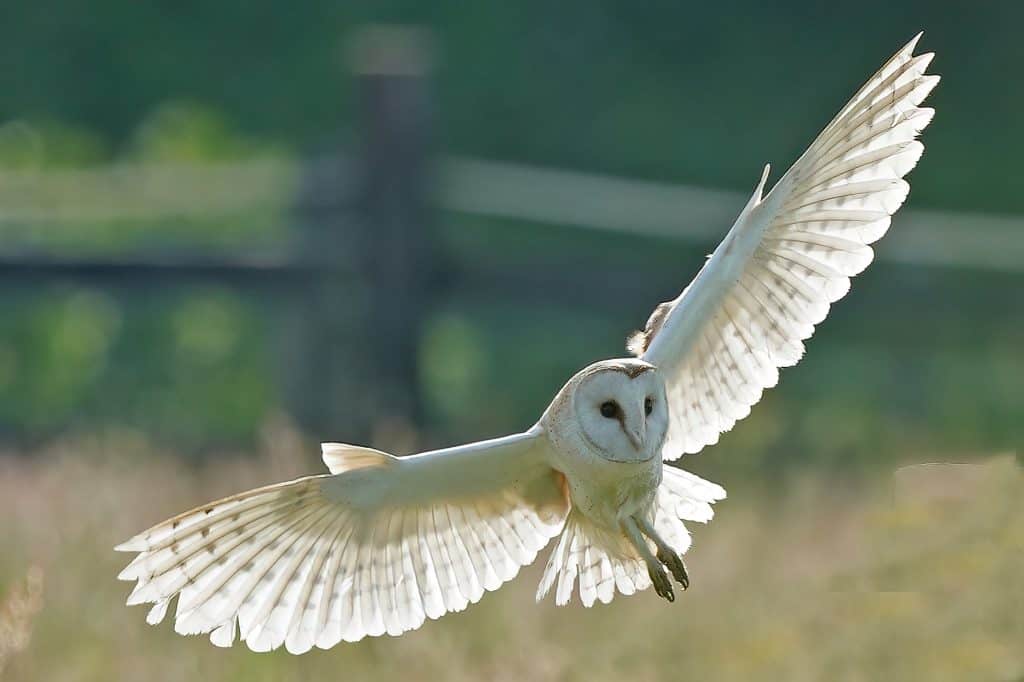Grey Heron
Ardea cinerea
RSPB Conservation Status – Green
Last seen – 6-4-23
The Grey Heron is a large bird.
The bird’s plumage is predominantly grey, with white and black markings on its wings and tail.
The bird has a distinctive, long, yellow bill, which it uses to catch its prey.
Facts
Population – 13,000 nests (breeding) 63,000 birds (wintering)
Length – 90 – 98 cm
Wingspan – 175 – 195 cm
Weight – 1,500 – 2,000 g
Breeding
Grey Herons typically breed between February and April, building their nests in trees near water.
The female lays a clutch of 2-5 eggs, which she incubates for around 25-26 days.
The chicks are fed by both parents and fledge from the nest after around 55-60 days.
Habitat
Grey Herons are found in a variety of wetland habitats, including marshes, rivers, lakes, and estuaries.
They prefer habitats with shallow water, where they can wade and catch fish.
They are also commonly seen in urban areas, such as parks and gardens with ponds and lakes.
Food
Grey Herons are primarily piscivorous, feeding on fish, frogs, and other aquatic animals.
They use their sharp bills to catch their prey, either by wading in shallow water or standing on rocks and logs.
They also feed on small mammals, such as voles and mice, as well as insects and crustaceans.










